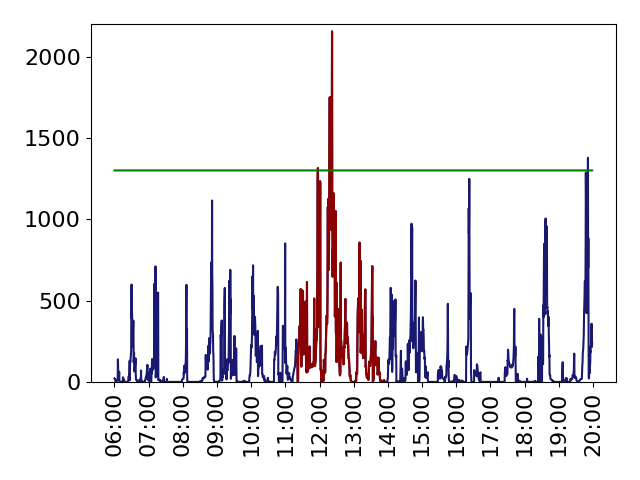Marc Melgosa is defending his thesis on air traffic flow and capacity management
Mar 24, 2023
Marc Melgosa defended his thesis co-supervised by Dr. Xavier Prats and Dr. Andrija Vidosavljevic on March 22, 2023 at the Baix Llobregat Campus. Entitled "Enhanced Air Traffic Flow and Capacity Management under Trajectory Based Operations considering traffic Complexity", the thesis presents a new operational concept that integrates demand and capacity management in the same optimization problem, uses complexity metrics (in instead of the number of arrivals) to measure traffic and takes into account airspace user preferences allowing the possibility of using alternative trajectories to avoid airspace congestion
The Air Traffic Flow and Capacity Management (ATFCM) aims at maintaining the forecast traffic demand below the estimated capacity in airports and airspace sectors. The purpose is to maintain the workload of the air traffic controllers under safe limits and avoid overloaded situations. At present, the demand and the capacity management initiatives are deployed separately. Given a forecast traffic demand, the different air navigation service providers allocate their air traffic control resources providing the airspace sectorisations. Then, the network manager addresses the remaining overloads by allocating delay using the CASA algorithm based on a ration-by-schedule principle. It should be noted that some ad-hoc flights might be re-rerouted or limited in cruise altitude in order to avoid congested airspace by submitting a new flight plan. Hence, the previously chosen sectorisations may be not optimum once the demand management initiatives are deployed. Moreover, the flexibility of the airspace users is limited since they cannot express their preferences. Furthermore, the demand and the capacity are currently measured using entry counts as proxy of the air traffic control workload, which is rather easy to measure or estimate. Yet, this metric cannot evaluate the difficulty to handle different traffic patterns inside the sectors leading to the use of capacity buffers.
This PhD focuses on overcoming the limitations of the current ATFCM system outlined before by the introduction of complexity metrics (instead of entry counts) in order to measure the traffic load, the better consideration of the airspace users preferences allowing the possibility of submitting alternative trajectories to avoid congested airspace, and the holistic integration of the demand and capacity management into the same optimisation problem.
First, the integration of two capacity management initiatives, i.e. Dynamic Airspace Configuration (DAC) and Flight Centric ATC (FCA), is studied proving some benefits when such integration is dynamic. Next, a new concept of operation is proposed where the airspace users have the option of submitting alternative trajectories and the network manager is the responsible for the demand management (delay allocation and choice of the used trajectory) and the capacity management (selection of the airspace sectorisation), considering a network-wide optimisation. This concept of operations is mathematically modelled with two Demand and Capacity Balancing (DCB) models addressing only demand management and three holistic DCB models where the demand and the capacity management measures are considered together in the same optimisation problem.
A first model aims at choosing the best trajectory and delay allocation per flight while analysing the traffic load with entry counts at traffic volume level. It is solved in a realistic case study using the historical regulations providing a 76.84% of reduction in the arrival delay if compared to the current system.
One of three holistic DCB models formulated in this PhD, i.e. the one that uses complexity metrics and includes the optimisation of the opening scheme by choosing the used configurations, is studied in detail. This model is addressed with a new Hybrid method introduced in this PhD based on Simulated Annealing and Dynamic programming. In a first case study, this new method is compared with the exact method solved by Gurobi providing better performance principally when the difficulty of the problem increases. In a second case study a sensitivity study of the parameter that models a penalty for different consecutive configurations is conducted. Finally, a big scale scenario is solved with the Hybrid method providing a 74.01% less of arrival delay and a 28.47% less in the cost of open sectors compared with a baseline scenario representing the best conditions of the current system.

Share: